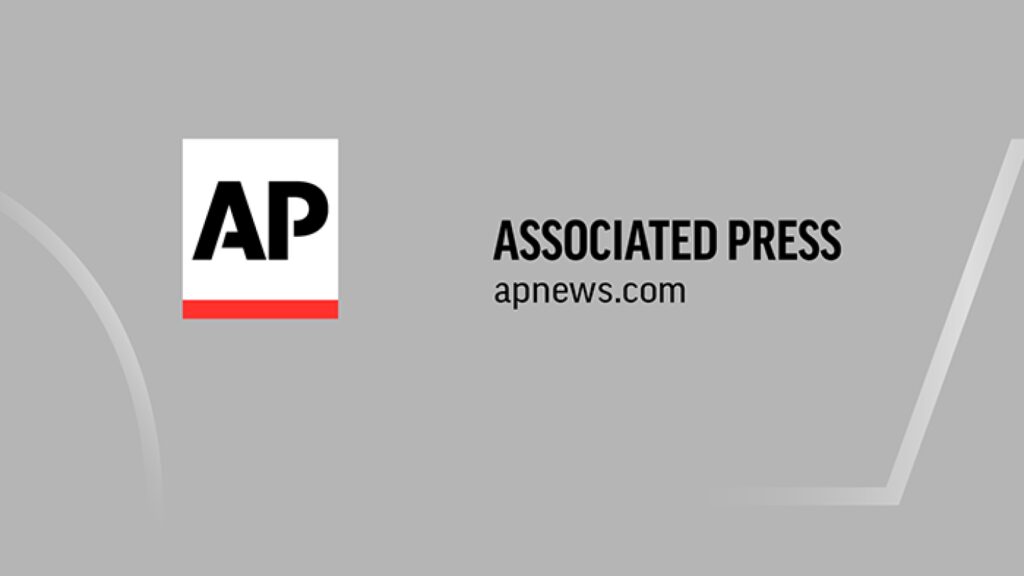The European Central Bank (ECB) is facing a crucial policy meeting amidst the looming threat of a potential trade war with the United States and significant increases in European defense spending and government borrowing. Analysts anticipate a quarter percentage point cut in the bank’s benchmark deposit rate to 2.50%, aimed at reducing borrowing costs in an economy struggling with weak growth.
President Christine Lagarde’s monetary policy statement and post-meeting news conference will be closely watched for insights into the extent of rate cuts amidst growth concerns. The ECB has already lowered the benchmark rate by 1.25 percentage points since June. The potential impact of new tariffs on European imports from President Trump and plans for substantial defense spending and borrowing could complicate the economic outlook.
The recent agreement in Germany to relax borrowing limits and boost defense spending signifies a significant shift in budget policy, potentially leading to significant new borrowing and spending in the coming years. However, the threat of new tariffs from the U.S. and the stagnant growth in the eurozone pose challenges. The ECB’s response to these developments is eagerly awaited, with expectations of a flexible approach based on incoming data.
Economists predict further rate cuts by the ECB by the end of the year, with uncertainties surrounding the trade war’s impact and defense spending. The delicate balance between supporting growth and managing inflation will be a key consideration for the ECB in navigating the complex economic landscape ahead.

